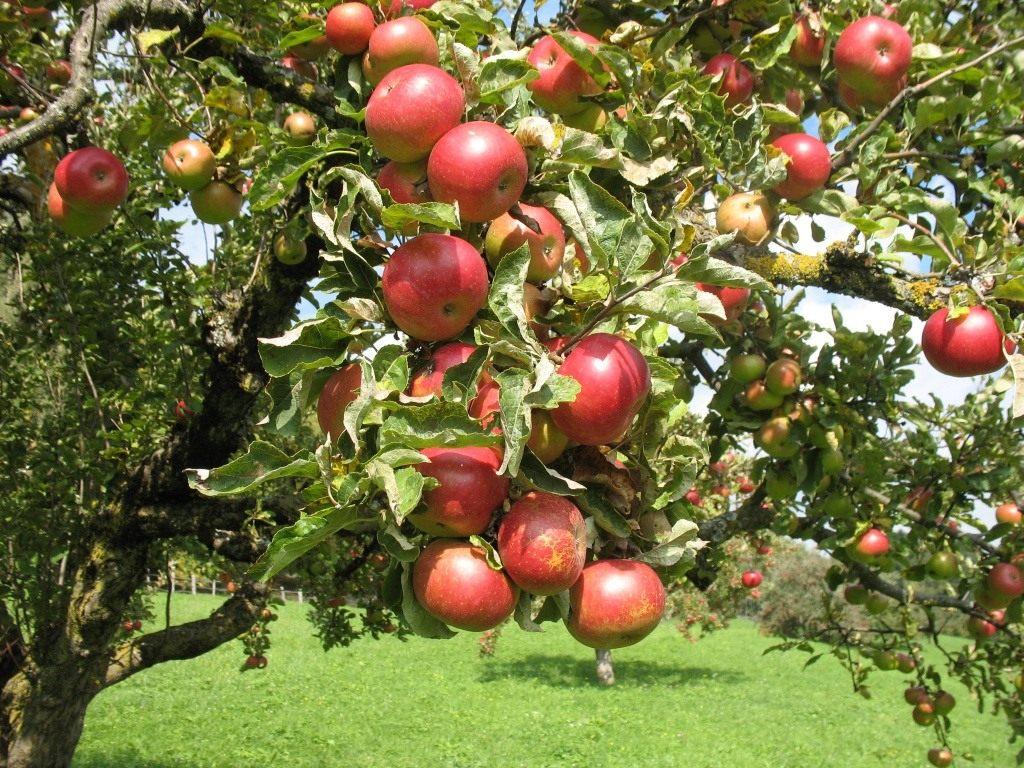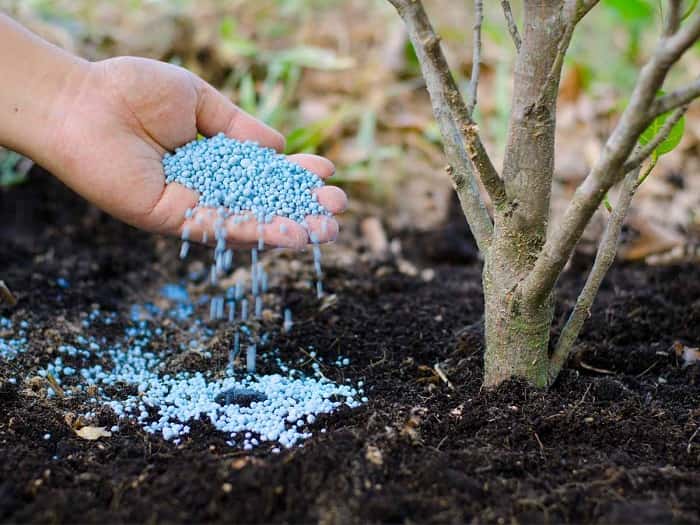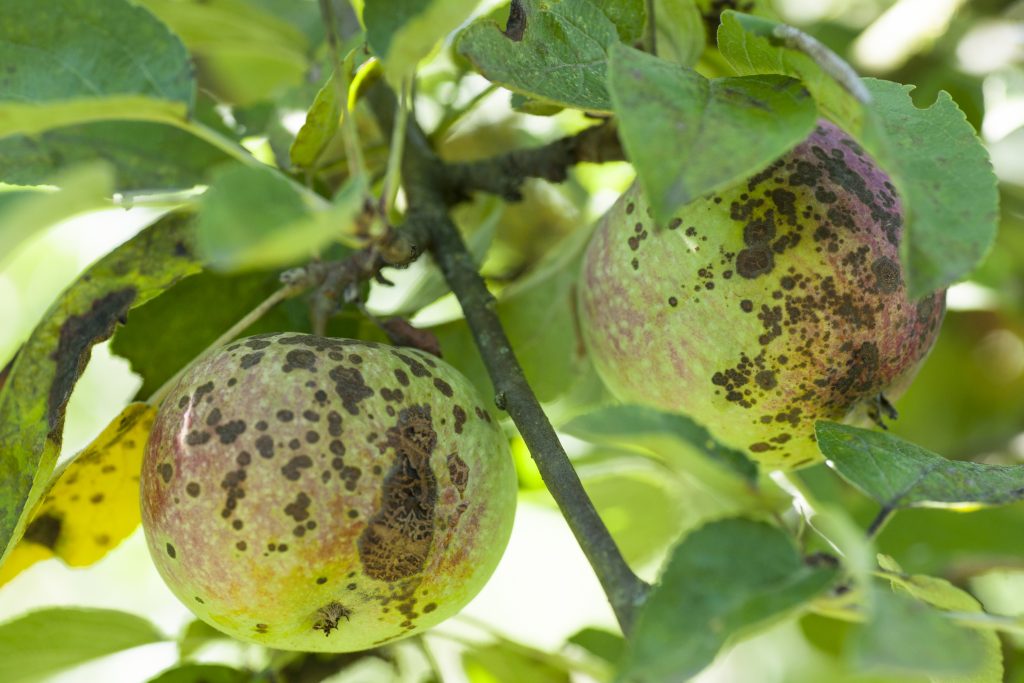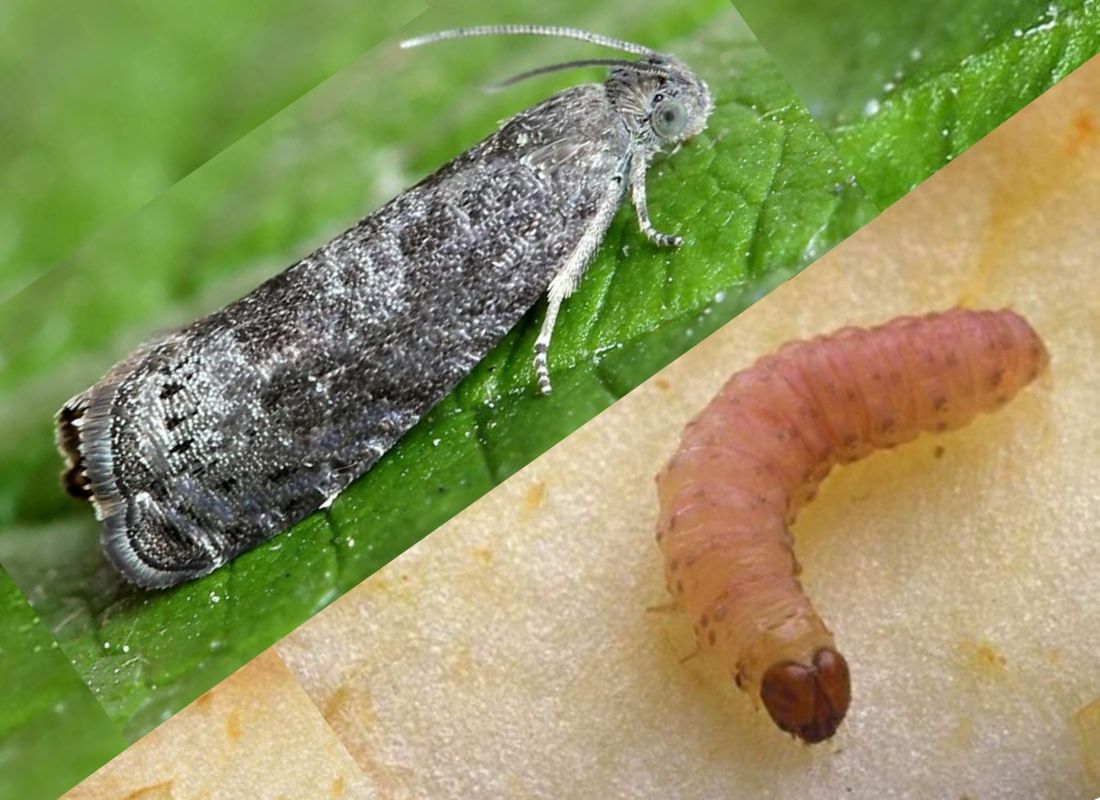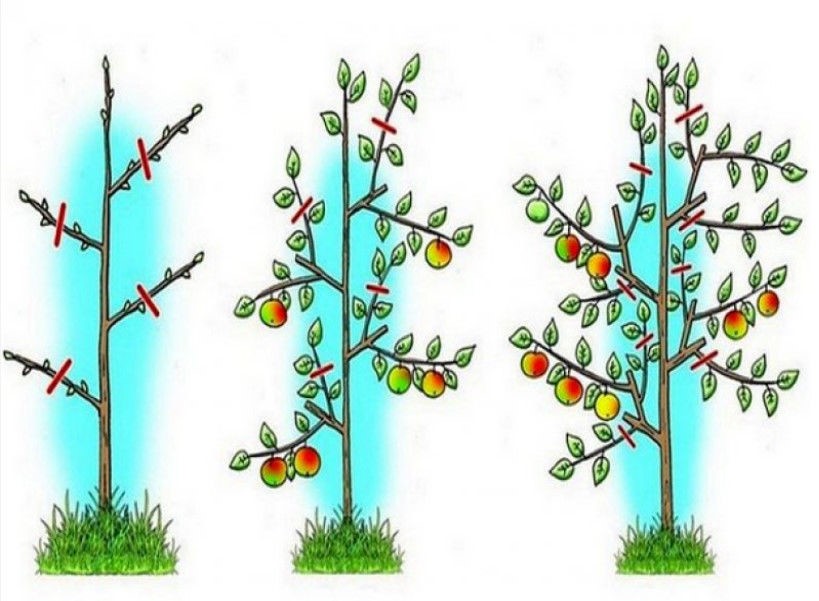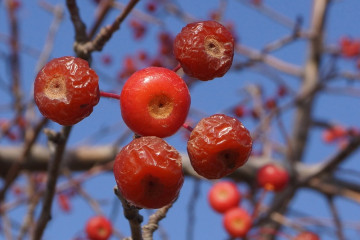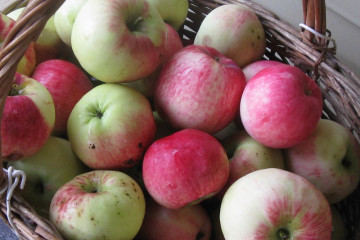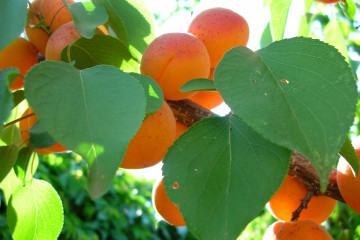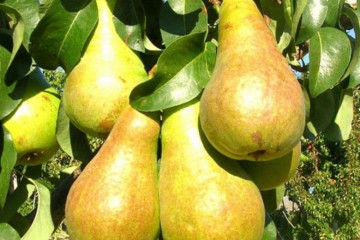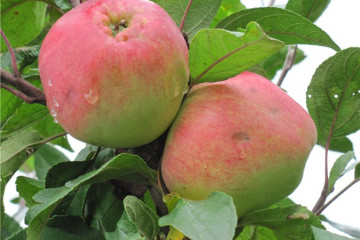Why the apple tree does not bear fruit and what to do
Content:
Why does the apple tree bloom, but does not bear fruit, and why is there a periodicity of good and bad yields over the years? This article provides answers to the basic questions faced by the gardener.
When the apple tree begins to bear fruit
The timing of the appearance of the first fruits depends on a variety of factors: the use of agricultural techniques, fertilizers, and others. The general average period for the beginning of fruiting of an apple tree is 5 years.
When choosing seedlings, the time of the beginning of fruit ripening should be clarified. There are early ripening varieties of plants, for example, Welsey, which is characterized by an annual increase in yield. Also, weather conditions affect fruiting: a hot, arid environment accelerates ripening, and a wet one, on the contrary, slows down.
The frequency of fruiting
What it is? This is a decrease in the quality of the crop and not annual flowering, fruiting.
There are many factors that affect fruit ripening:
- kidney damage or poor pollination - leads to forced rest of the garden culture;
- pests, diseases - they lead to a weakening of the laying of fruit buds;
- climatic conditions;
- the frequency of fruiting is sometimes influenced by the variety.
The apple tree does not bloom and does not bear fruit: what to do
There are nine main reasons for poor fruit ripening:
- excess and lack of mineral nutrition;
- improper planting of a seedling;
- poor pollination of flowers;
- incorrect pruning;
- young apple tree, varietal characteristics;
- damage to flower buds;
- improper watering;
- damage by diseases, pests;
- adverse weather conditions.
Below is a more detailed description of each such reason.
Excess and lack of mineral nutrition
Why doesn't the apple tree bear fruit? Perhaps it's the fertilizer. Plant nutrition is an important component of harmonious growth. A lack of fertilizer promises an end to fruiting, while an excess means the presence of harmful substances in the fruits.
For the growth of an apple crop, six main components are needed:
- nitrogen: with its lack, the leaves acquire a pale green tint, fall off early;
- phosphorus: leaves acquire bronze and purple hues with a lack of a component;
- potassium: in its absence, the leaves curl around the edges, become spotty, wrinkled;
- magnesium: with a lack of a component, the leaves turn pale green, since the production of chlorophyll is disrupted;
- calcium: with its deficiency, the pedicel withers, which can lead to a complete lack of harvest;
- boron: needed for good fertilization of flowers.
Nitrogen and potash fertilizers can be applied by spraying foliage. A high concentration of fertilizers can cause burns to the leaf blade. The procedure is carried out early in the morning or late in the evening, in non-rainy weather.
Incorrect fit
If a tree has a deep root collar, then there is a possibility of poor growth and even death of the tree. To avoid this, it is recommended to plant by slightly raising the root collar above the ground. Over time, the soil tends to sag, therefore, the root collar will snap into place.
Poor pollination of flowers
The apple tree is a self-fertile plant, pollination is carried out by means of insects. Poor fertilization in an apple tree is confirmed by deformed fruits, falling fruits, and a decrease in yield. Bees are engaged in pollination of apple-tree flowers.
Incorrect cropping
When forming the crown, you must be extremely careful. With a strong shortening of the branches, the tree can spend all its energy on restoring the cut crown, while the apple tree may not bloom.
There is also the possibility of cutting branches with fruit buds, which can lead to loss of yield. A competent approach to the process of crown formation is needed: you need to take into account the age and varietal characteristics of the tree, radically thinning the branches.
Young apple tree, varietal features
If the apple tree is young, has been growing for the fifth year already, but there are no apples, then it may be in the variety. For example, Solnyshko, Anis Aly, Anis Striped and other varieties of fruit trees can give the first apples only in the sixth or seventh year of growth.
Damage to flower buds
The presence of unopened, dried buds are clear signs of the presence of a pest. Before flowering, it is necessary to inspect the flowers for the presence of cobwebs, sugary liquid. If these signs are observed, then the flower beetle attacked the apple crop.
Improper watering
Improper watering of the fruit crop can cause poor tree productivity. Water the tree moderately according to weather conditions.
Damage by diseases, pests
Why does the apple tree bear poor fruit? Perhaps the crop was attacked by diseases or pests. They are able not only to reduce the number of fruits, but also to completely destroy the tree. To determine the disease, you need to look at the condition of the leaves and fruits. The main ailments and ways to deal with them are listed below.
Powdery mildew
This disease is of fungal origin. It affects the buds, leaves, bark of the tree. The cause of the disease is high soil moisture. In an apple tree infected with the disease, a dark gray plaque appears on the leaf blades, which turns brown. The consequences of the disease are a decrease in fruiting and shedding of foliage.
Scab
The disease is of fungal origin. It applies not only to the leaves, but also to the fruits. The appearance of a brown bloom on the leaf blade is characteristic, a decrease in fertility or its termination occurs.
Apple moth
This insect harms not only apple crops, but also pear, apricot and plum trees. The larva feeds on the proteins of the seeds. To do this, she gnaws through the passages, which it pollutes with excrement. As a result, the crop deteriorates and loses its value.
Unfavorable weather conditions
Insufficient rainfall at different times of the year, frosts, soil freezing, atmospheric drought - all this negatively affects the growth and development of apple culture. There are varieties that are most resistant to harsh climatic conditions: Kutuzovets, Kuibyshevskoe.
How to overcome fruiting problems
To make an apple tree bloom and bear fruit, you need to understand the cause of the disease and find the proper approach. Below are the main ways to solve problems.
If pests have settled
Pests are the main hassle for the gardener. In order not to harm the plant, you need to prepare preparations according to the instructions and the purpose.
Powdery mildew
Prevention and treatment is carried out in the spring with a solution of colloidal sulfur (70%) 2-3 times daily. Then the frequency of spraying is reduced to 1-2 times in 14 days.
Scab
To prevent ailment in early spring, they are treated with copper chloride, and when leaves appear, with a urea solution. When the crop is harvested, it is necessary to spray the tree with a solution of copper sulfate and Bordeaux liquid. To give greater efficiency and control the disease, drugs from different chemical groups should be used.
Apple moth
For the prevention and elimination of the disease, branches are cleaned from dead bark in spring and autumn. Spraying with various insecticides is also very effective.
Watering
If watering is a problem, it is recommended to use various methods of soil moistening:
- surface watering contributes to high-quality moistening of the soil surface, but it requires a lot of water;
- hole irrigation. It is carried out by means of pre-dug holes into which water is poured;
- sprinkling is applied in the early hours. Special irrigation equipment is needed here.
Planting a plant
To properly plant, it is recommended to prepare the pit in advance (2-3 months before planting) and apply fertilizer. To plant a large number of trees in a small area, you can organize a columnar garden.
Before planting, a peg should be made and installed. Place the seedling on the north side of it so that the peg covers the tree from overheating and burns. The distance from the root collar to the soil level should be 5-10 cm. Now the seedling can be watered and mulched with peat or sawdust, and tied to a peg.
Pollination problem
To overcome this ailment, it is recommended to plant 2-3 trees next to the apple tree, which bloom at the same time.
Pruning
It is necessary to carry out sanitary pruning: remove old, damaged and weak branches. The cut sites should be treated with disinfectants.
Prevention measures
Why doesn't the apple tree bear fruit? Behind this question lies the necessary prophylaxis to protect the bark and fruits.
To prevent diseases of the bark, it is necessary to treat the surface of the tree with milk of lime: mix 2 kilograms of the substance with 10 liters of water with the addition of 500 grams of 5% copper sulfate.
For the prevention of fungal infections, spring and autumn processing of trees should be carried out: burning of mummified fruits and fallen leaves.
There are many reasons for the lack of flowering and fruiting. Only a competent approach will help to make a real fruitful culture out of an ordinary seedling.
